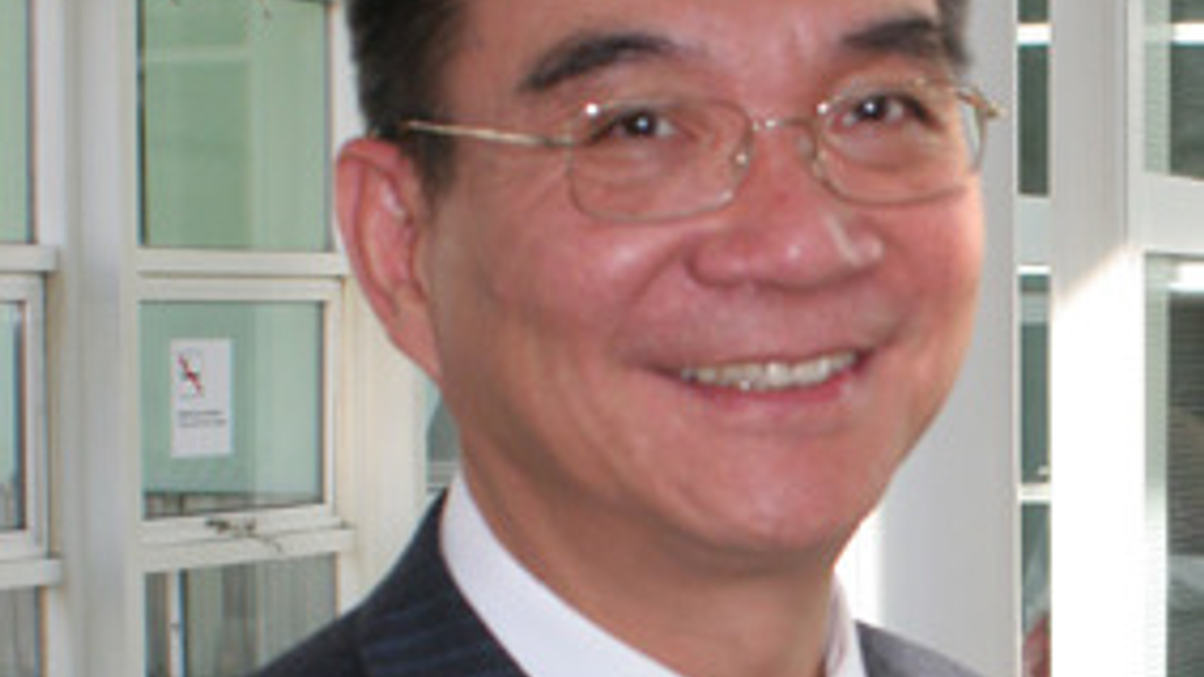Infrastructure spending 'key' to exit crisis
Justin Lin Yifu, former chief economist at the World Bank, says investing in infrastructure is a key way for emerging and developed markets to put the global financial crisis behind them.

More investment in infrastructure offers countries a way out of the imbalances behind the global financial crisis, argues Justin Lin Yifu, honorary dean at Beijing University’s National School of Development and former chief economist at the World Bank.
Sign in to read on!
Registered users get 2 free articles in 30 days.
Subscribers have full unlimited access to AsianInvestor
Not signed up? New users get 2 free articles per month, plus a 7-day unlimited free trial.
¬ Haymarket Media Limited. All rights reserved.


